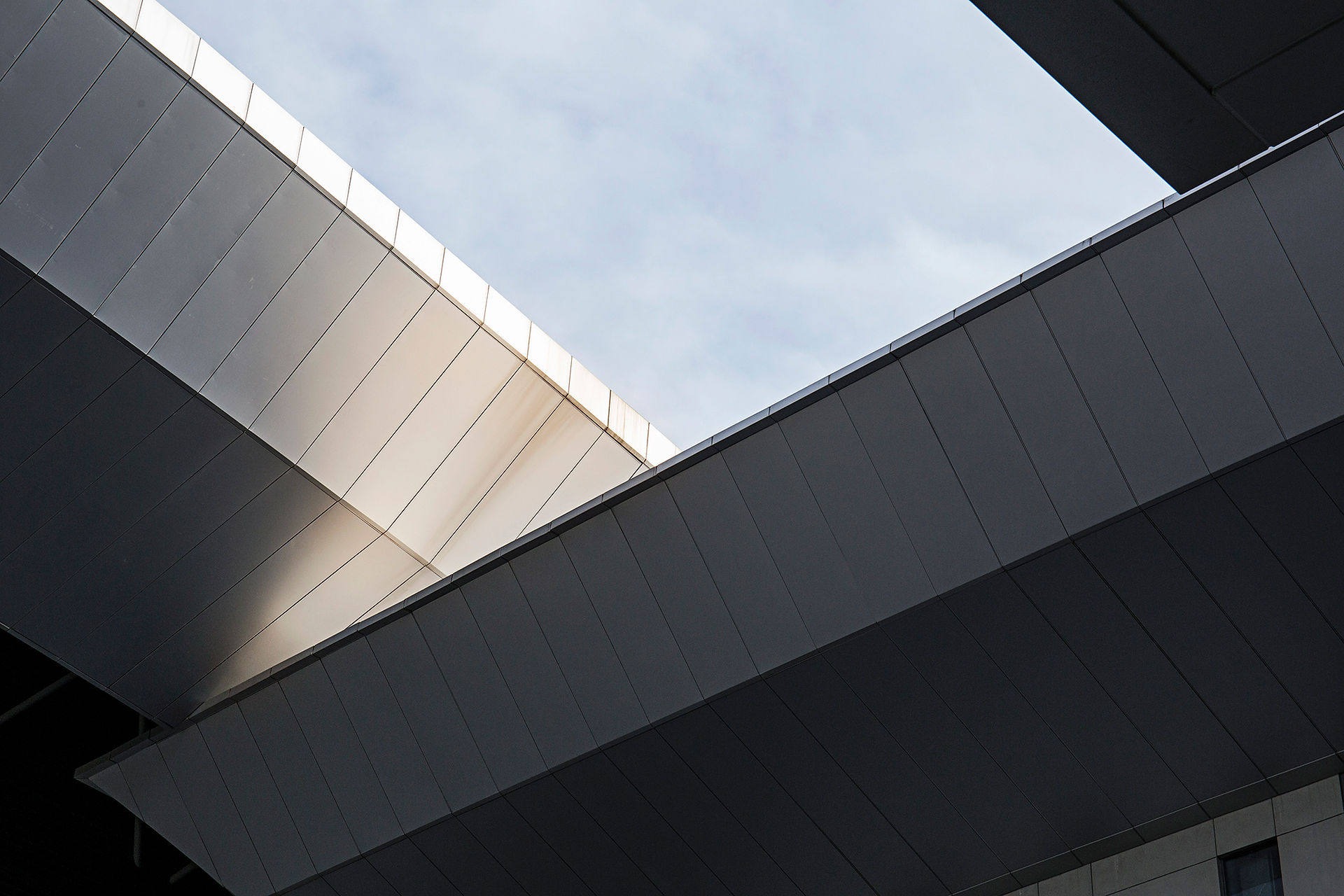
Project 2:
Structure and Body: Materials, Anthropometric and Ergonomic Exploration1: 1 Bamboo Activity Structure
In this assignment, students were grouped for Project 2, tasked with designing and constructing a 1:1 structure for a specific activity. The structure will be placed in a dormant green space, aiming to activate its usage. Bamboo is the primary material, requiring a grasp of its characteristics and basic construction knowledge. The project involves exploring construction details, incorporating materials like rope and steel, and utilizing insights from Project 1 on architectural elements and principles. Additionally, anthropometry and ergonomics are to be integrated into the design. The project aims to showcase how architectural design can positively impact both space and users, encouraging students to be catalysts for change within the architectural context.
process (what i've done)




Site Analysis:
-
Conduct a thorough analysis of the dormant green space, considering environmental factors, sunlight exposure, and potential user interactions.
Bamboo Understanding:
-
Gain a comprehensive understanding of bamboo's characteristics, properties, and potential applications in construction.
Conceptualization and Ideation:
-
Brainstorm design ideas and concepts based on the defined objectives, site analysis, and bamboo characteristics.
-
Explore various possibilities for form, function, and user experience.
Scaled Study Models:
-
Develop scaled study models to test and visualize different design concepts.
-
Evaluate the feasibility and practicality of each model in relation to the site and activity.
Construction Knowledge and Details:
-
Apply basic construction knowledge to refine the selected design.
-
Explore construction details, including joints, joinery, and structural quality, incorporating other materials such as rope, steel, and timber.
Workshops and Tests:
-
Conduct workshops to experiment with bamboo and other materials.
-
Perform tests to ensure structural integrity, durability, and safety.
Anthropometry and Ergonomics Integration:
-
Incorporate anthropometric and ergonomic considerations to optimize user comfort and interaction with the structure.
Iteration and Refinement:
-
Iterate on the design based on test results, workshop insights, and feedback.
-
Refine construction details and material usage for optimal performance.
Documentation and Presentation:
-
Create comprehensive documentation of the design process, including sketches, models, and test results.
-
Prepare a presentation highlighting the design rationale, construction details, and the intended impact on the dormant green space and its users.
gallery




outcome (pdf)
reflection
Designing the 1:1 structure for the dormant green space in Project 2 was a dynamic process. Defining project goals and analyzing the site set the foundation, while understanding bamboo's characteristics influenced ideation. Scaled models and workshops allowed for practical exploration, with construction details and architectural principles enhancing the design.
Incorporating anthropometry and ergonomics ensured user comfort. Through tests and iterations, the design evolved, incorporating materials like rope and steel. Documentation and presentations encapsulate the project's journey, highlighting successes and areas for improvement.
This project reaffirmed the delicate balance between creativity, technical expertise, and user-centric design, providing valuable insights for future architectural endeavours.
tgc's acquired:
TGC 3.2 has significantly advanced my problem-solving skills in architectural design. The module has equipped me with the ability to not only understand but also display various methods of structure, joints, and joinery. Applying these techniques strategically within the design context has proven instrumental in achieving efficiency and quality in the built work. The module's emphasis on the alignment of these elements with design principles has heightened my awareness of their impact on the overall functionality of structures. This newfound proficiency in problem-solving contributes significantly to my ability to address design challenges effectively.
In TGC 4, the focus on communication through orthographic drawings refined my ability to create clear, precise visuals. Improved scale and line work contribute to effective visual communication, ensuring accurate conveyance of complex design ideas. This module has significantly elevated my proficiency in articulating architectural concepts through detailed drawings.